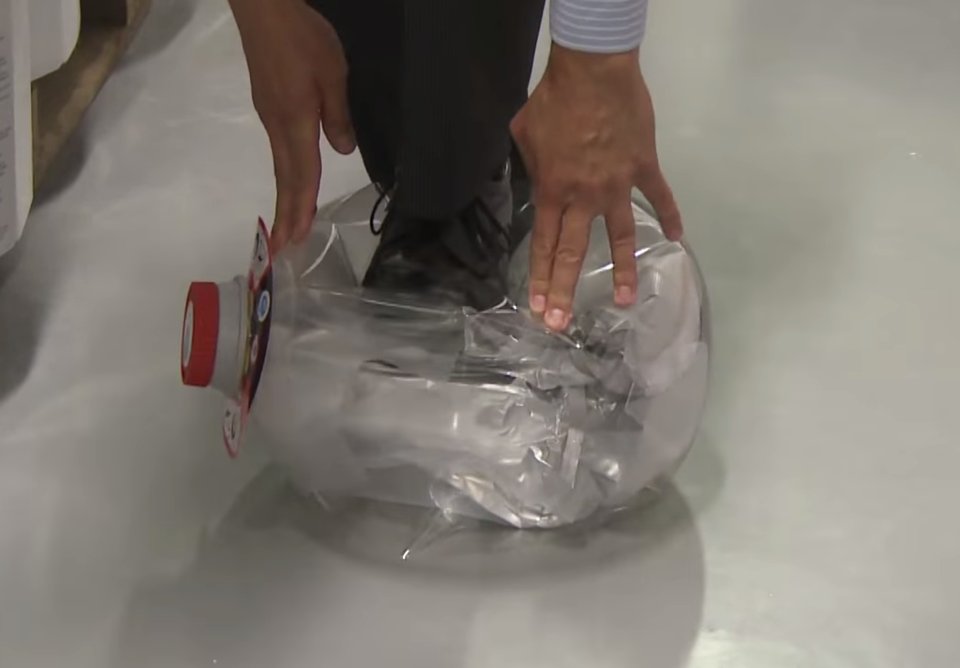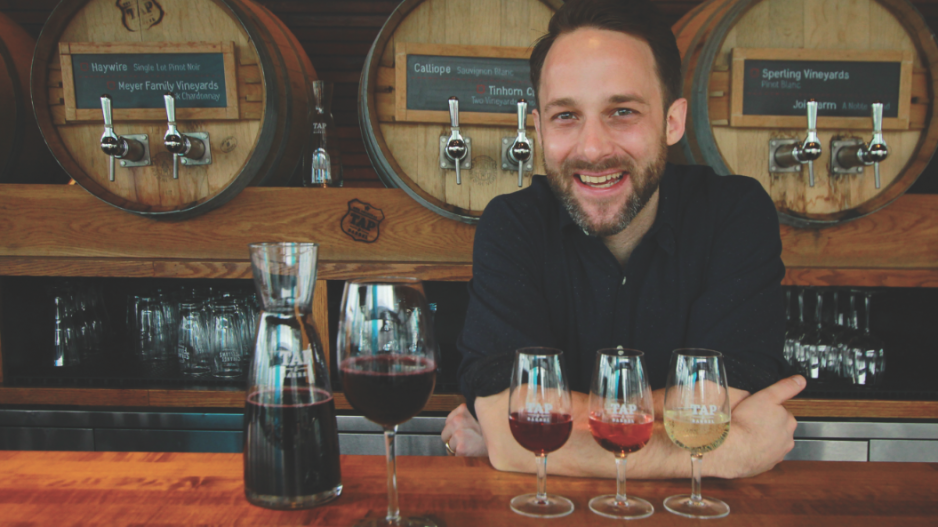Many Vancouver restaurateurs are swapping corkscrews for spigots as they adopt new technologies to serve wine in an effort to reduce costs, improve freshness and boost environmental sustainability.
Not only are more restaurants starting to use wine-on-tap technology, but there are also an increase in total volume served, a rise in the number of competing technologies that package wine for this purpose and more wineries that allow their wines to be sold in this fashion.
The different systems all have one thing in common: they connect to a tap so that wine can be poured without any oxygen touching the wine remaining in the storage vessel.
Historically, the Enomatic system was common. That process involved bottles put in machines that pumped them full of an inert gas when wine was removed through a tube.
The Joey restaurant at Bentall Centre, for example, uses Enomatic machines to extend the life of higher-priced wine that is sold only in bottles.
The Joey Restaurants chain and others, however, are shifting to a variety of other systems that do away with wine bottles altogether.
“We’re closing in on having eliminated 100,000 wine bottles in all three of our restaurants,” said Tap & Barrel sommelier David Stansfield.
Tap & Barrel’s restaurant at Olympic Village has 28 taps that serve 14 different wines. There are 20 distinct wines and 20 taps at the Tap & Barrel near the Vancouver Convention Centre and 16 taps pouring 16 different wines at the chain’s North Vancouver restaurant, which, at 740 seats, is the largest restaurant in Western Canada.
By April, that North Vancouver restaurant is set to add another 16 wine taps.
“There’s a wide diversity of wineries that are getting into having wine-on-tap sales and allowing it for a wider assortment of wines,” said Stansfield, who has visited dozens of B.C. wineries with the aim of persuading owners to allow him to sell their wines on tap.
He estimates that 70% of the wines that Tap & Barrel serves are made exclusively for the restaurant chain.
All of the wine that Tap & Barrel serves is made in B.C. and packaged at FreshTAP in Vancouver’s Railtown neighbourhood.
Wineries pay FreshTAP to package their wine just as they would pay a bottling facility. Tap & Barrel then pays the winery just as it would if it were buying bottled wine.
“We did a lot of research on all the available systems and ultimately decided that the stainless steel kegs from FreshTAP were far and away the best for wine quality,” Stansfield said.
He estimates that annual wine sales have soared 35% in the past year – 15% up on a same-store basis.
Those sales have helped FreshTAP principal Mike Macquisten also enjoy substantial growth. He would not reveal exact volume but said sales are growing at a 40% annual clip and that he has eliminated the need for almost one million wine bottles since he launched in February 2011.
Not all sommeliers are convinced that FreshTAP is the best system.
Earls Kitchen + Bar beverage director Cameron Bogue told Business in Vancouver that about 60% of his company’s Canadian restaurants are now using California-based Torr Industries’ bagging system, which puts wine in rubber bladders instead of stainless steel kegs.

(Image: KeyKeg's system allows wine to be transported in plastic kegs that can be easily recycled, unlike stainless steel kegs)
Transporting these bladders costs less because rubber is lighter than stainless steel, he said.
Another perk of the system, Bogue said, is that it acts much like conventional bag-in-the-box wine, which dispenses wine through a tube that does not allow in any oxygen or gas.
FreshTAP’s system, in contrast, pumps a combination of nitrogen and carbon dioxide into the keg as a way to displace the wine.
Other systems also exist.
Cactus Club has some wines on tap using the FreshTAP system, but the chain also has an Italian wine, distributed by Mark Anthony Wine Merchants, that is purchased in plastic kegs made by Netherlands-based KeyKeg.
Sebastian Lucero, Mark Anthony’s territory manager for Vancouver, told BIV that the advantage of the kegs is that they do not need to be returned to Europe to be refilled. Instead, they can simply be put in a blue-box recycling bin.
“That means that there are lower shipping costs,” Lucero said. •




